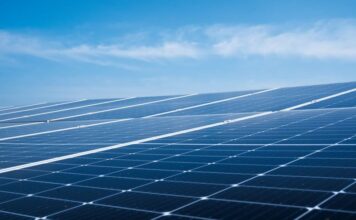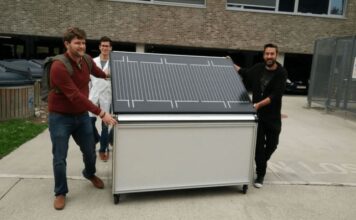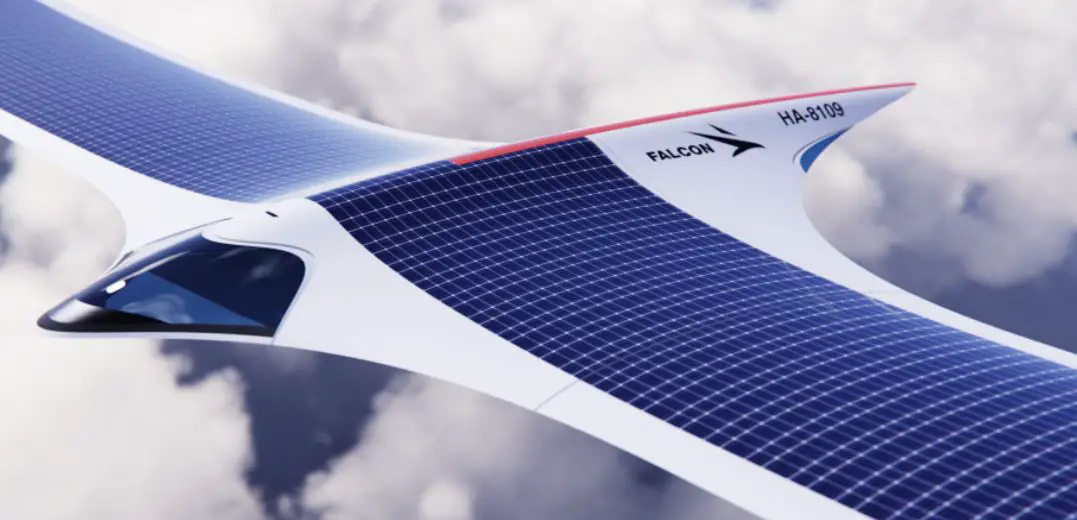The road to net zero for heavy industries such as steel and cement is always long and full of challenges. German steel giant ThyssenKrupp is investing $1.9 billion in a hydrogen direct reduction system that makes green steel without the need for rare, high-grade iron.
With the existing technology, every ton of steel produced will emit nearly two tons of carbon dioxide. Therefore, the steel industry contributes a lot to the overall carbon emissions of human activities, accounting for 7-8% of the world.
In order to reduce carbon emissions to zero in various industries, the steel industry is bound to make a lot of efforts.
Among them, green steel technologies include the cessation of the use of fossil fuels, the use of hydrogen as reducing agent instead of roasting coal or coke, etc., and hydrogen can also be used to power electric arc furnaces.
H2 Green Steel in Switzerland is currently making a splash in the green steel market, with a $3 billion facility expected to produce around 5 million tons of high-quality zero-emission steel annually by 2030.
By 2025, ArcelorMittal, the world’s second-largest steel producer, will also build a zero-carbon plant in Spain that will produce 1.6 million tons of green steel.
Now switch to Germany’s Thyssenkrupp, which has pledged to provide funding,
Replacing the current super-large blast furnace at the Isburg plant with a hydrogen-powered direct-reduction system will produce around 2.5 million tonnes of mild steel from 2026.
Although low-carbon, not zero-carbon, Thyssenkrupp’s plans are still helping the steel industry as a whole, Renew Economy points out, which can produce high-quality steel from lower grades of iron than other direct reduction technologies.
The ultra-high quality (>67% Fe) iron ore required by most electric arc furnaces is naturally more expensive, driving up the overall cost.




